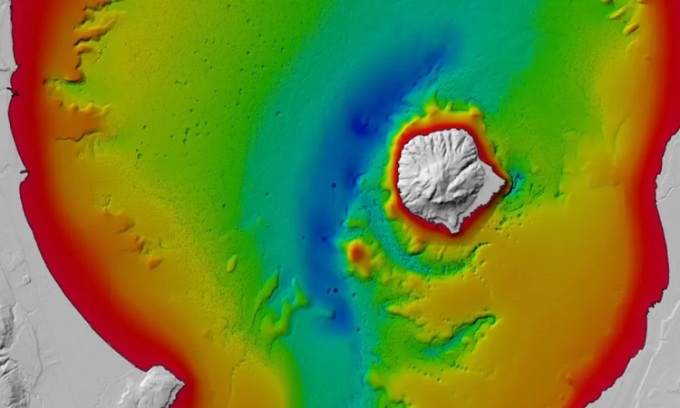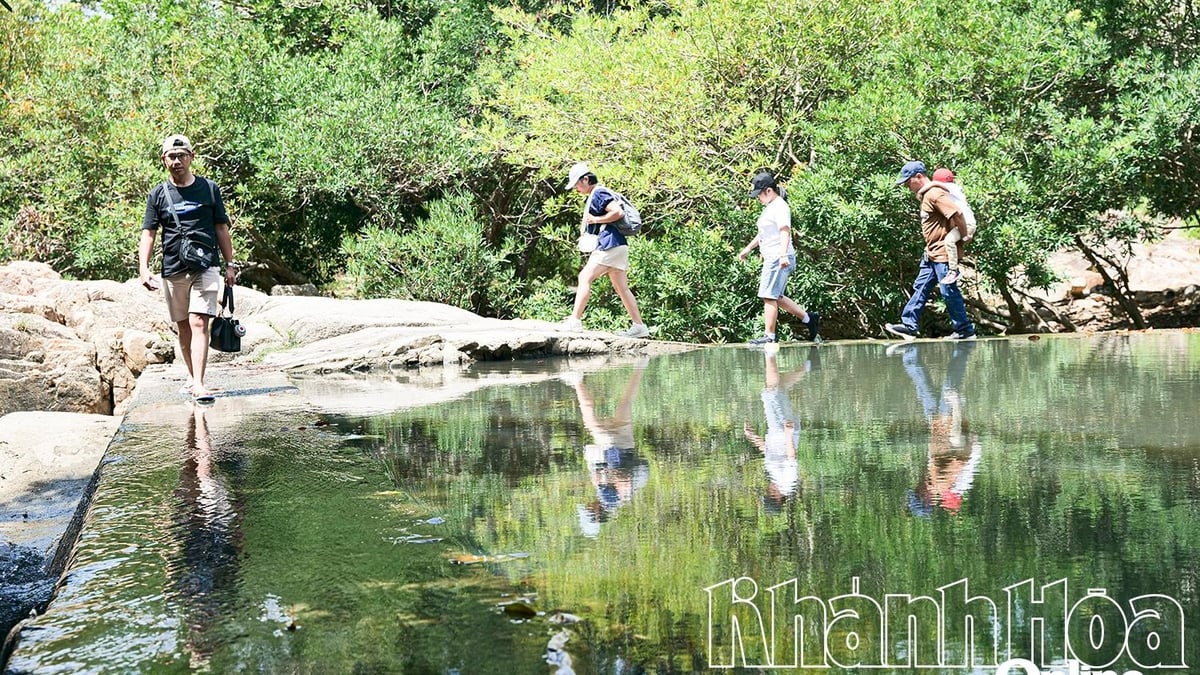Researchers discovered an unusual magnetic field while mapping Lake Rotorua on the North Island.

Detailed map of Lake Rotorua. Photo: GNS Science
Lake Rotorua sits at the heart of a dormant volcano that has been mapped in detail for the first time. The new map reveals a hidden hydrothermal system beneath the lake. Lake Rotorua sits at the centre of a huge ancient volcanic crater on New Zealand's North Island. Rotorua is also known for its hydrothermal activity. Clouds of steam drift around the lake's shores and sulphur gives the water its distinctive blue-green colour.
A team of experts at the GNS Science research institute in New Zealand has mapped the bottom of Lake Rotorua in unprecedented detail, revealing vents, an ancient river and a large magnetic anomaly in the south of the lake, Live Science reported on February 2. The new map proves that Rotorua's hydrothermal system extends into deep water, according to Cornel de Ronde, a scientist at GNS Science.
The map covers 55 square kilometers, or 68 percent of the lake floor. The Royal New Zealand Navy collected some of the data, mapping the physical properties of the lake floor using a multibeam echo sounder, a type of sound wave. They also conducted a magnetic survey, which detected the anomaly. "Normally with volcanic rocks, when you put a magnetometer on top of them, you get a positive anomaly (a reading that exceeds the average magnetic field strength), but in this case we got a positive anomaly, most likely due to the very low magnetic susceptibility," de Ronde said.
Volcanic rocks typically contain a highly magnetic mineral called magnetite, but in Lake Rotorua, the team suggests that hydrothermal fluids flowing through the rocks transformed the magnetite into pyrite, which has almost no magnetic signal. This hydrothermal process would have severely reduced the magnetic signal, which could explain the negative anomaly.
The researchers also found other evidence of hydrothermal activity in the same area of the magnetic anomaly. Heat flow maps show heat, suspected to be hot water, rising to the bottom of the lake from below. Craters in the same area are likely to be hydrothermal vents.
Still, the water temperature near the bottom of the lake is typically a relatively cool 14 degrees Celsius, according to de Ronde. That’s because the lake is so large that there’s enough cool water to neutralize the heat coming from below, and the temperature only fluctuates about a degree Celsius over the course of a month.
An Khang (According to Live Science )
Source link































![[Photo] National Assembly Chairman Tran Thanh Man visits Vietnamese Heroic Mother Ta Thi Tran](https://vphoto.vietnam.vn/thumb/1200x675/vietnam/resource/IMAGE/2025/7/20/765c0bd057dd44ad83ab89fe0255b783)


































































Comment (0)